What do you expect to see in a museum? Perhaps beautiful statues from classical antiquity, exquisite medieval tapestries, groundbreaking machinery from the Industrial Revolution. But what about the humble teapot?
Next summer, we’re opening ten brand new galleries dedicated to art, design, fashion, science and technology. They’ll showcase the finest treasures in our collection and many a teapot will take their place in our galleries. For though it may be a quotidian accessory, our teapots are anything but humble.
So pop the kettle on, we’re sure there’s just the teapot to suit you…
Suitable for vegetarians
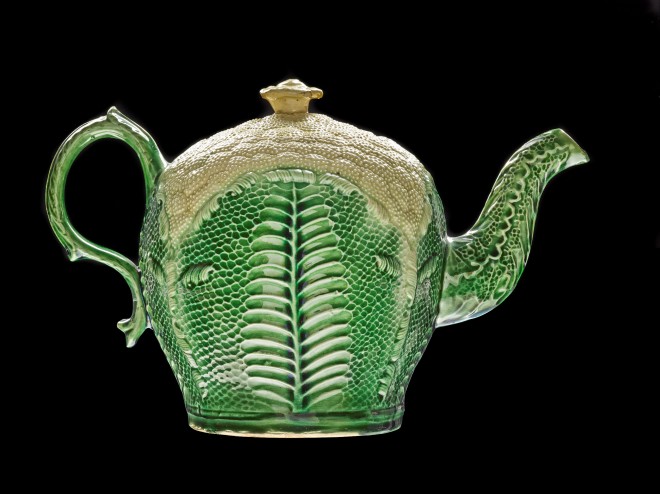
This charming little fellow was made in Staffordshire around the 1760s. I’m sure fussy childhood eaters like me will recognise the dreaded caulifower. There’s even a floret on the lid!
Ceramics shaped like fruit and vegetables were very popular during the Georgian period, particularly exotic delicacies like melon and pineapple.
Front runner
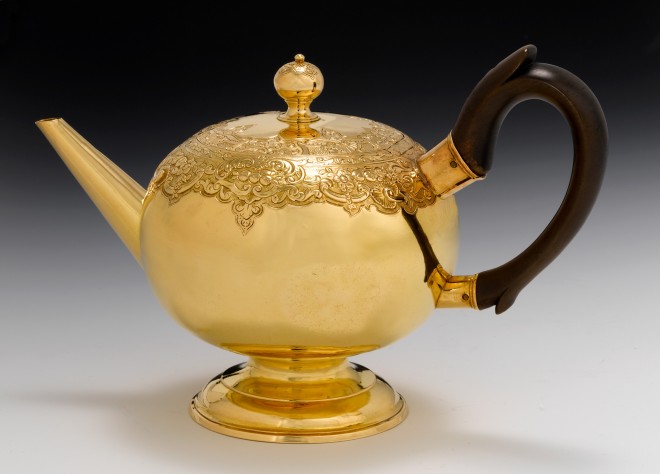
Made by James Ker, one of Edinburgh’s best goldsmiths, this rare teapot was the King’s Prize at the 1738 Leith Races. It’s one of only two Scottish gold teapots in our collection.
As the biggest horse racing event in Scotland during the early modern period, the Races were accompanied by a fair on the sands of Leith and drew crowds across society. Sometimes infamous for the crowd’s drunken behaviour, they were even more famous for sought-after prizes like this very teapot.
Monkey business
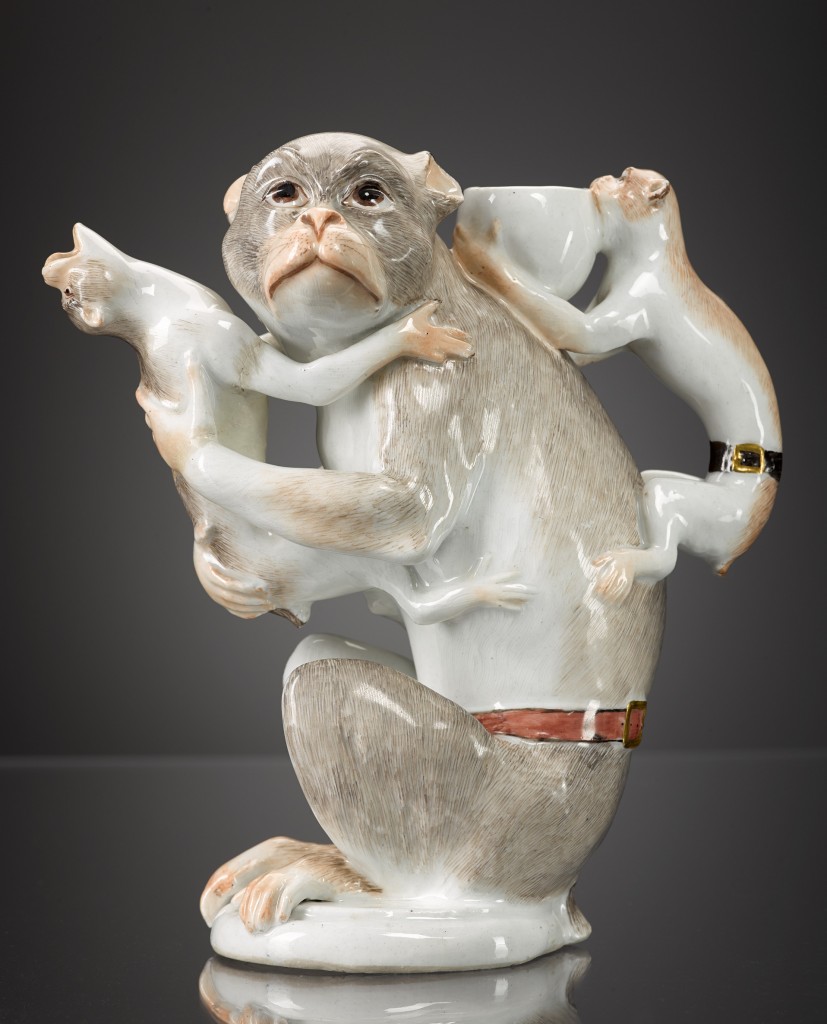
These cheeky chaps want to say hello! After all, it’s not every day you can pour a cup of tea from a pot in the shape of three monkeys… In fact, only two examples of a teapot like this exist in a UK museum today.
This porcelain teapot was modelled by Johann Joachim Kaendler, famous for his animal sculptures, at the Meissen manufactory in the 1740s. Founded in 1708 and still in existence today, the rarity and expense of Meissen’s porcelain was such that it was only available to the very wealthy.
Boston tea party
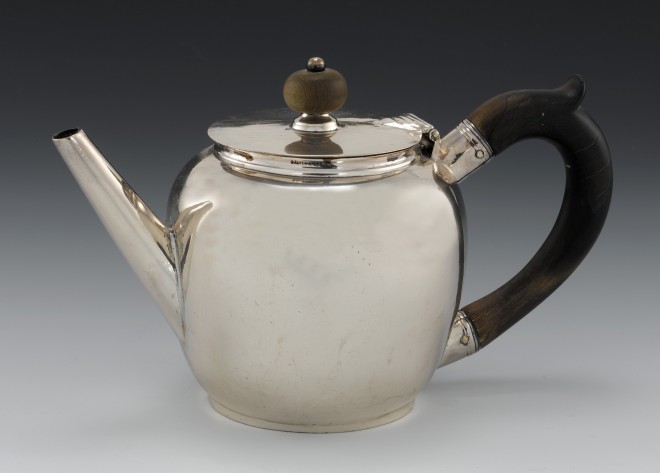
This simple yet elegant silver teapot is linked to the most famous tea party in history. It was made in Aberdeen by Robert Cruickshank between 1710 and 1720 for the Middleton family in the city, who took it with them when they emigrated to Boston around 1735.
The famous protest took place on December 16, 1773 and escalated into the American Revolution. One of the descendants of the family, James Lovell, was a supporter of the American Revolution and involved in the Boston Tea Party.
Everything but the kitchen sink
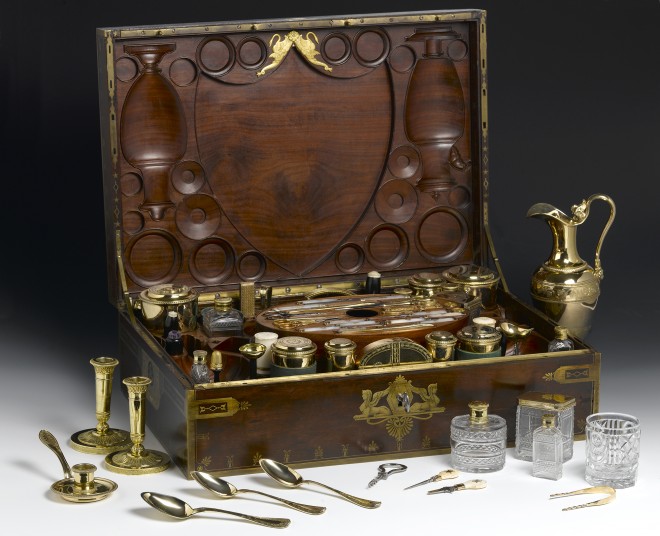
One of the treasures joining our Art of Living gallery is a travelling service designed for Princess Pauline Borghese. Napoleon gifted the service to his little sister for her 1803 wedding to Prince Camillo Borghese.
Nestled in this ornate wooden box are more than 100 personal items needed by genteel ladies and gentlemen when travelling away from home. My particular favourite is a rather elegant little tongue scraper which one might easily mistake for sugar tongs if not careful! But the real beauty of the set is in how Martin Biennais, its maker, used the space to maximum effect. The service’s silver-gilt teapot, for example, had an ingenious pull-off lid which meant a tea caddy could fit snugly inside.
Jumbo treasure
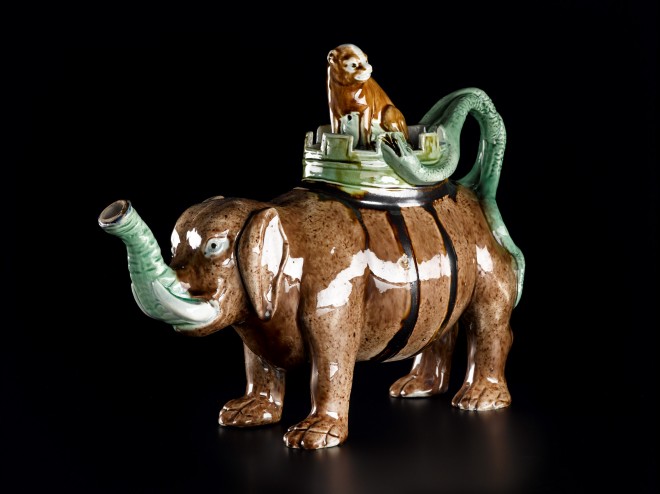
Eccentric is the word for this teapot in the shape of an elephant and castle. And don’t forget the lid: a monkey riding atop the elephant’s back.
Made around 1770 at the Staffordshire factory of Ralph Wood, it was partly intended as a political skit on the British rule of India and the problem of corruption in the British East India Company.

In perfect miniature
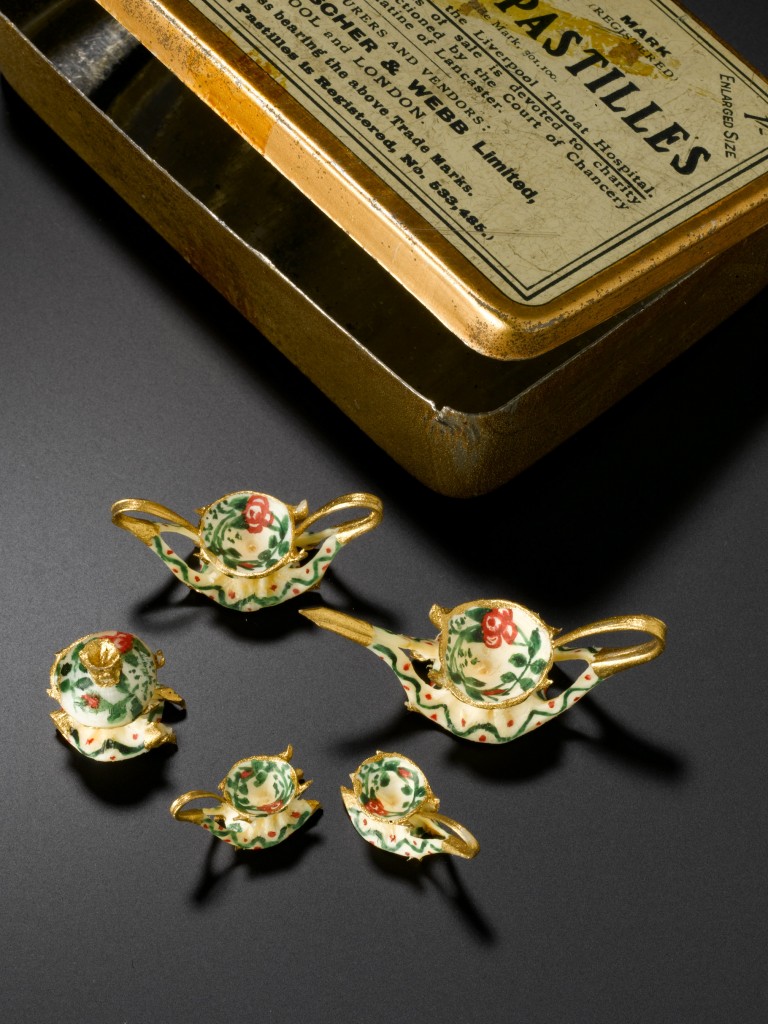
This unusual miniature tea set consists of a teapot, sugar basin, two cups and a cream jug. It was made from fish bones by a German prisoner of war while he was convalescing in the North Hospital Block of Edinburgh Castle during the First World War.
It was not unusual for men who were convalescing to make objects from whatever items they had to hand. Indeed it was something of a tradition in PoW camps, and toys and trinkets were made using materials like wood and straw.
Breaking the mould
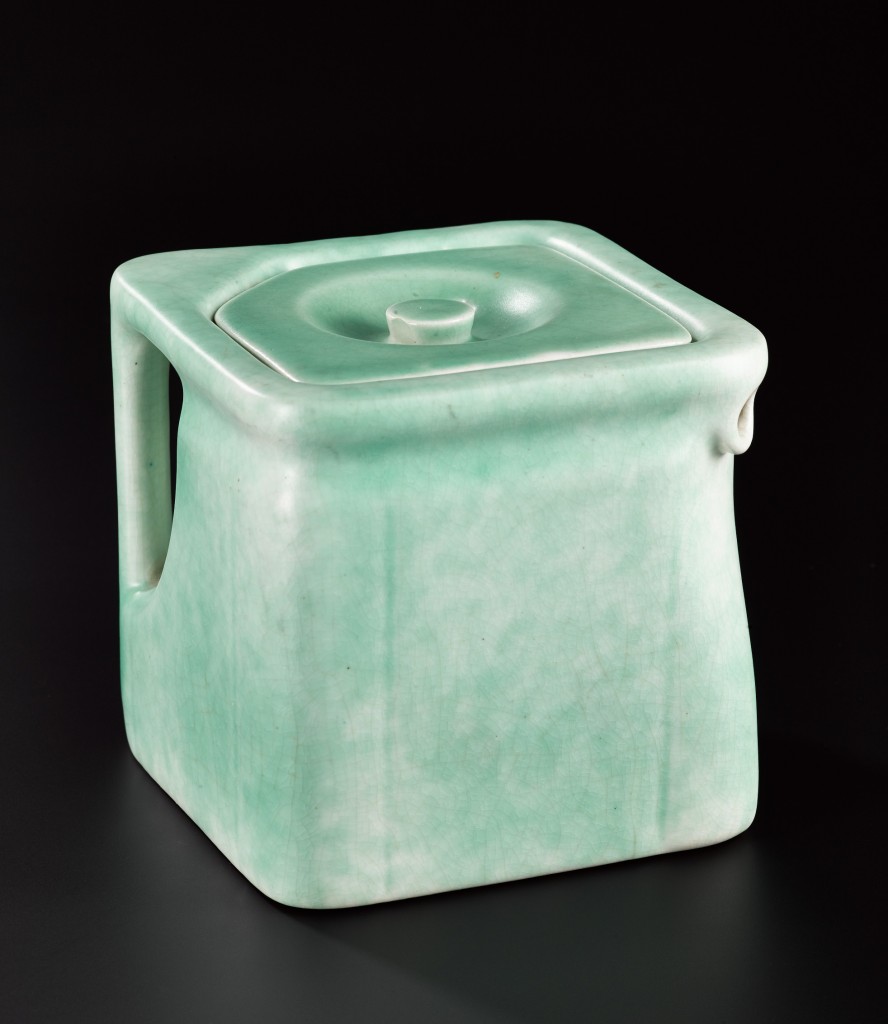
This revolutionary teapot was produced by George Clews and Co. Ltd under licence from Cube Teapots Ltd during the late 1920s. At the time, the design was considered ultra-modern and completely different to anything seen before.
We’re used to seeing teapots with a prominent spout, but here it barely protrudes from the top corner. This design feature prevented drips, chips and knocks. Its square shape also makes the pot stackable and robust, a feature which appealed to dining rooms aboard ocean liners like the QE2 and the Cunard fleet, and the state rooms of the Queen Mary.
Curiouser and curiouser

Everything is not as it seems with this quirky two-faced teapot by Royal Worcester. Created in 1882, one face depicts a flamboyant young man dressed as a dandy and adorned with a sunflower, while its other face shows a woman wearing a lily.
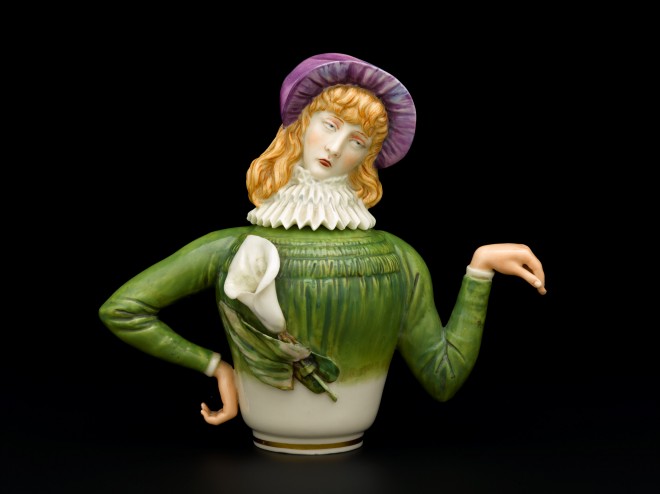
Despite the pretty porcelain faces, this teapot was actually a rather scathing satire on the art of the day. The Aesthetic movement flourished in Britain during the 1870s and 1880s, championing the Cult of Beauty. A worthy cause to be sure, but supporters including Oscar Wilde drew criticism like the inscription on the base: “Fearful consequences, through the laws of natural selection and evolution of living up to one’s teapot.”
Appliance of science
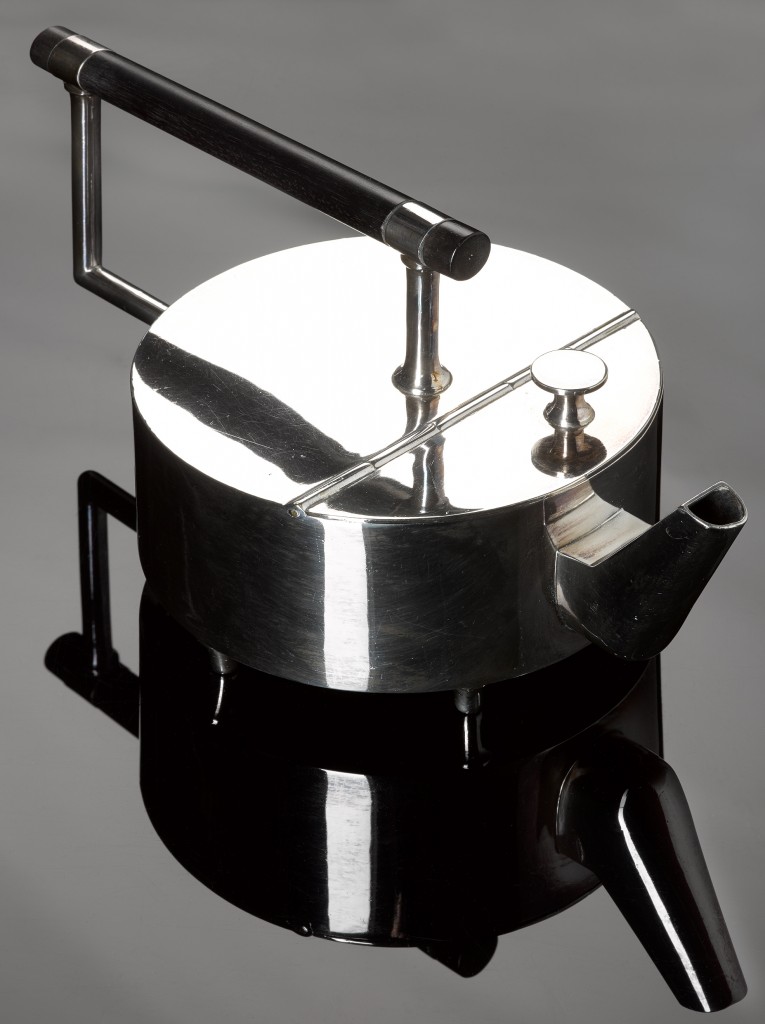
This rare teapot may look incredibly contemporary but it dates from around 1879. It was designed by Dr Christopher Dresser, a Glasgow-born botanist who also happened to be one of the leading designers of the Aesthetic movement. Dresser’s designs are noted for their distinctly modern feel and this teapot is an excellent example of his scientific approach to design, harmonising function and form.
